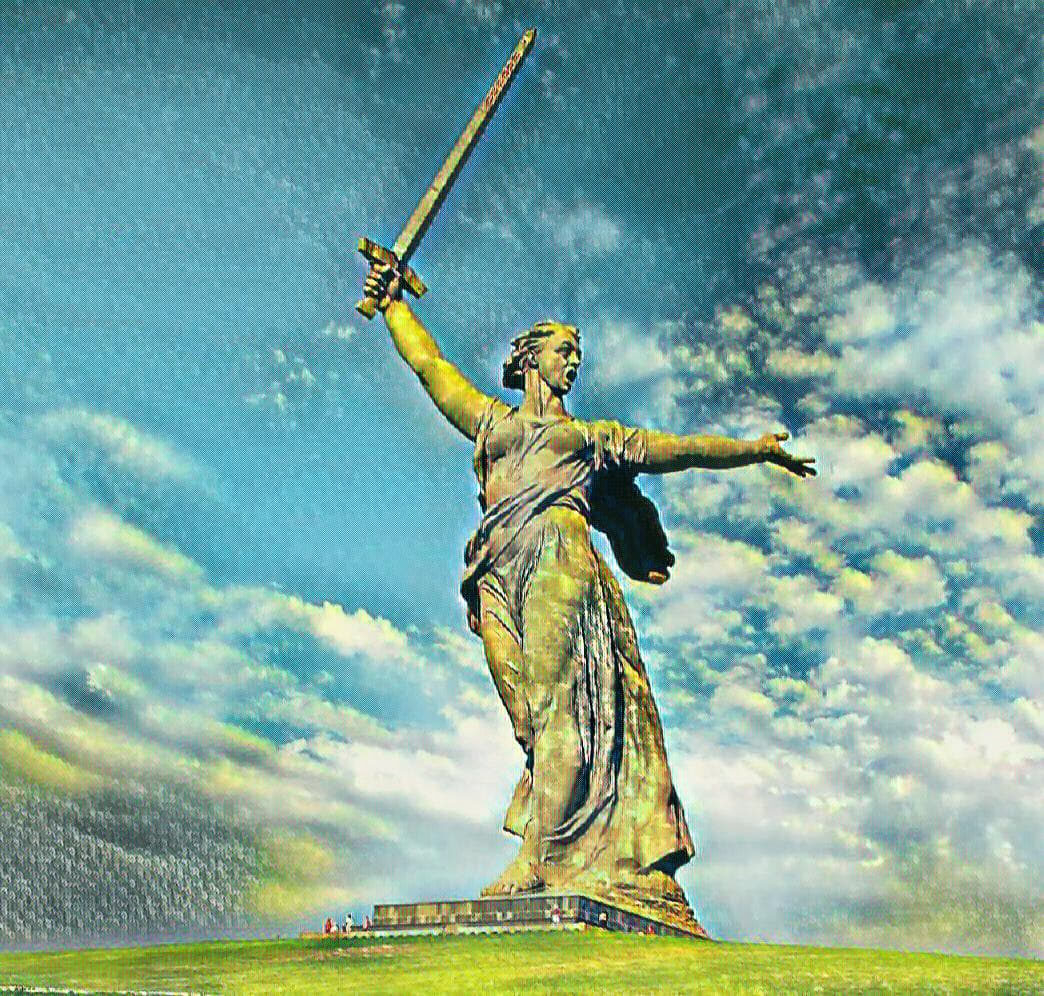
© The Postil MagazineThe Motherland Calls (1967).
As we mentioned in
a previous article, Boris Yeltsin's period of government in Russia led the country into unprecedented economic chaos and a real danger of fragmentation. The savage privatization of companies and infrastructures gave birth to the emergence of the so-called "oligarchs," former officials and politicians of the communist regime who had accumulated a great deal of power and wealth with these privatizations, wealth that contrasted with the growing misery of the majority of the Russian population.
In September and October 1993, the discontent of a large part of the population against Yeltsin's policies led to the uprising of the Duma (parliament) against the president. The previous elections had given a majority to Vladimir Zhirinovsky, a populist and nationalist leader, but the very presidentialist structure of Russian politics meant that in reality the Duma had very little power. In the uprising would converge the patriotic and illiberal forces that would form the basis of the patriotic movement that would be led by Vladimir Putin: Zhirinovsky's nationalists, the Russian communist party (actually national-communist) of Gennady Zyuganov, and tsarist and orthodox religious groups. Despite their ideological differences, these groups had in common their opposition to liberalism and Westernism, and their defense of the integrity and sovereignty of Russia.
The rebel deputies made a strong stand in the Duma building, which was shelled by military units loyal to Yeltsin. The uprising was crushed. But from this point on Yeltsin's political line began to waver. Yeltsin's eight years in power had been a truly dark period in Russian history, with an
anti-national government allied to the interests of foreign powers. His policy of change towards a Western-style liberal society was based on Western foreign investment and large loans from international financial institutions. However, none of this materialized in reality — the loans from the International Monetary Fund were in dribs and drabs, immensely smaller than promised and served only to pay the interest on the foreign debt.
In a way, a certain parallel can be drawn between the Russian and Spanish transitions: Governments that respond to foreign interests, dismantling of industry, privatization of companies and danger of fragmentation due to growing nationalism. The only difference is that in Spain there has not been the patriotic reaction that took place in Russia.
Although the uprising in the Duma was crushed by force, it showed the failure of the Yeltsin project. The oligarchs, enriched by savage privatizations, and who supported liberal and pro-Western policies, withdrew their support for the president and promoted an unknown — Vladimir Putin, thinking that he would carry out a policy more in line with their interests.
Yeltsin resigned on December 31, 1999, so the year 2000 was the beginning of a new era in Russia.
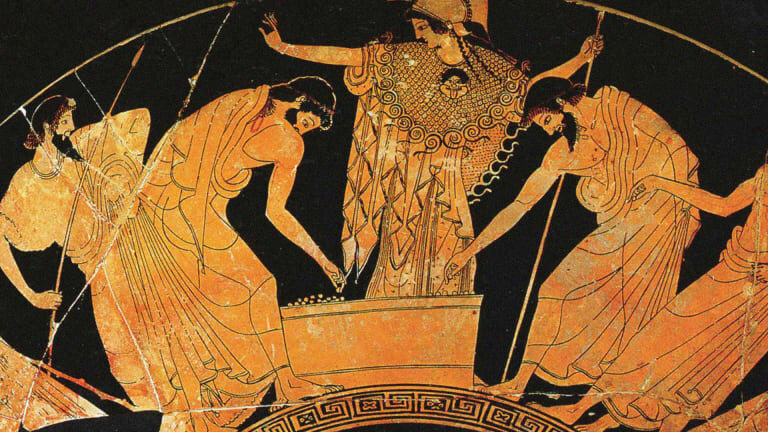
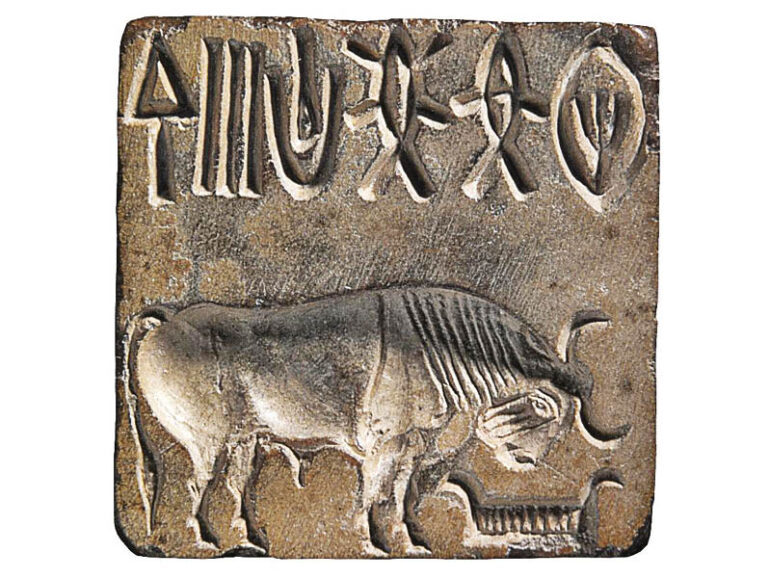
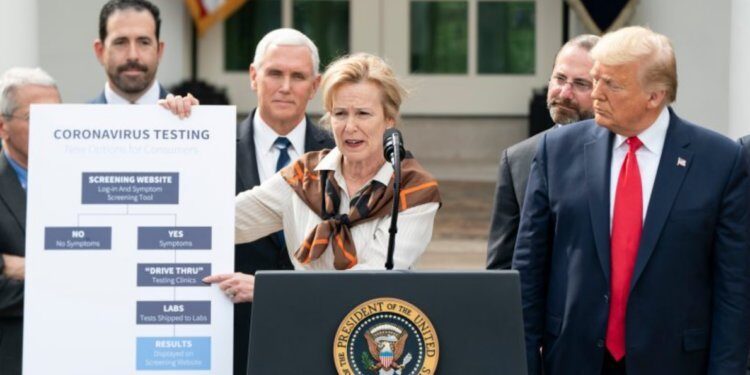
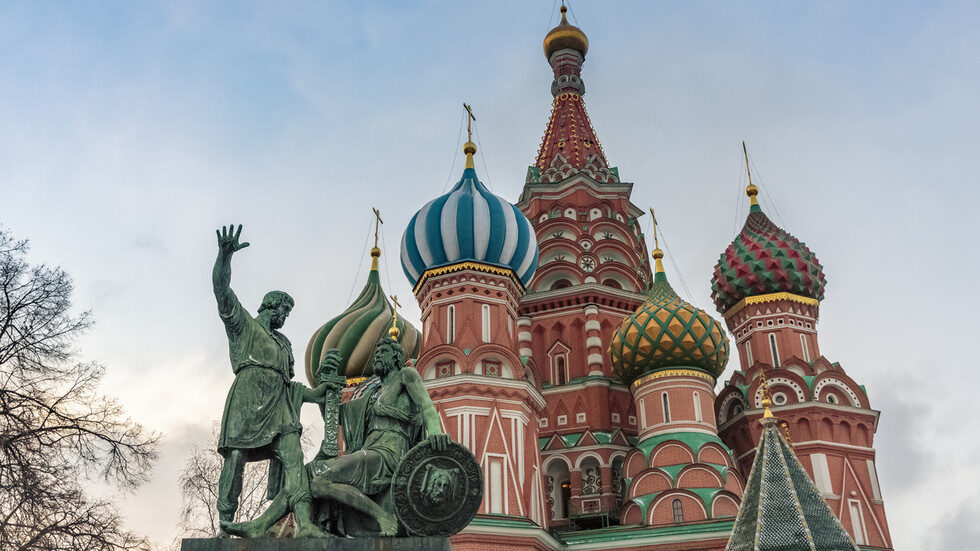

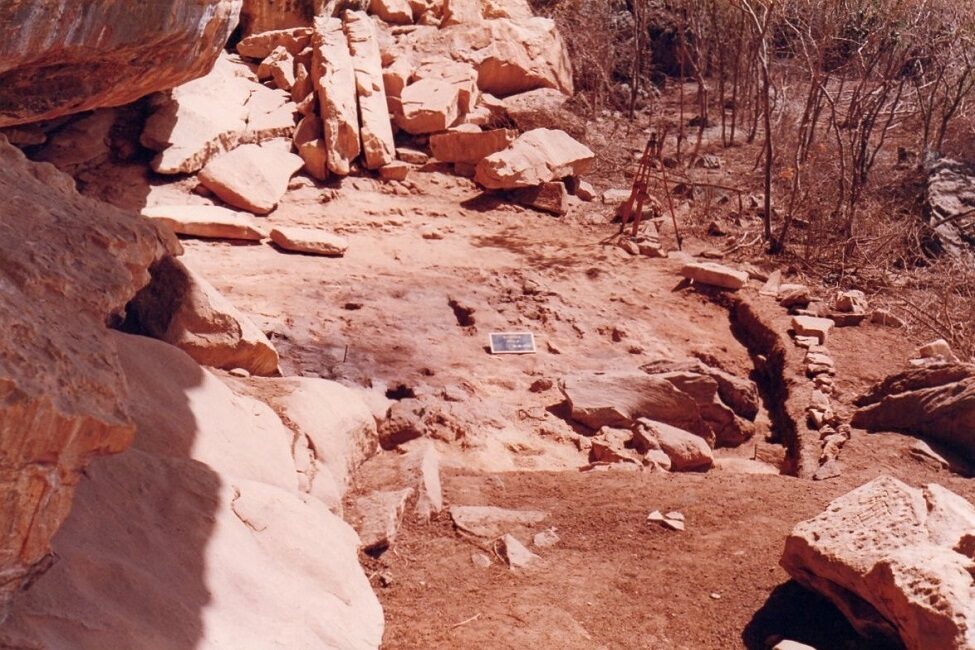
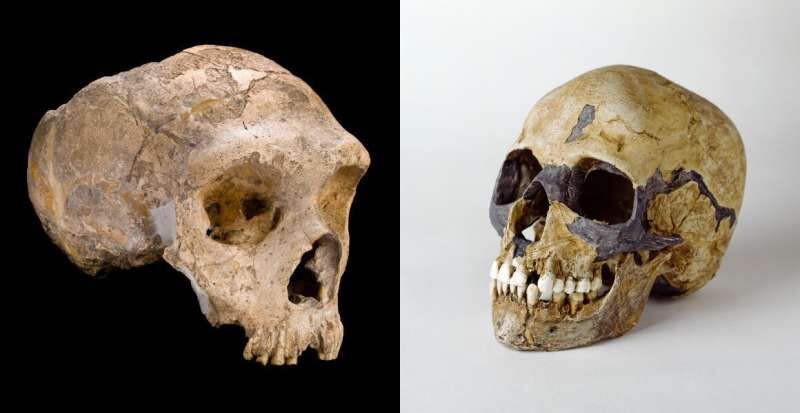


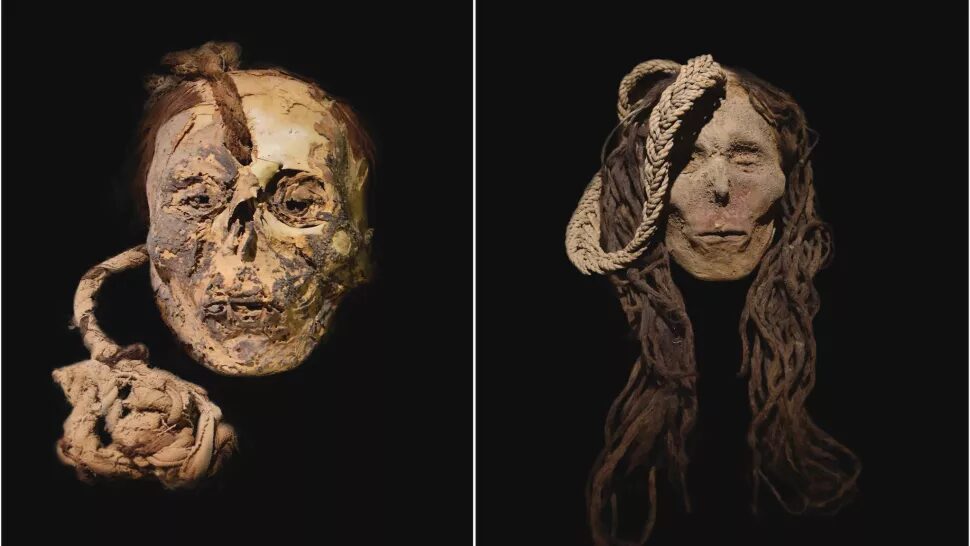



Comment: The Time of Troubles was one of the central events that shaped Russian security culture. Foreign aggressors and internal traitors have been the main threats shaping this culture for centuries. Now you can see why. If you want to understand modern Russia, you have to understand Russian security culture, and for that, you need to read its history.